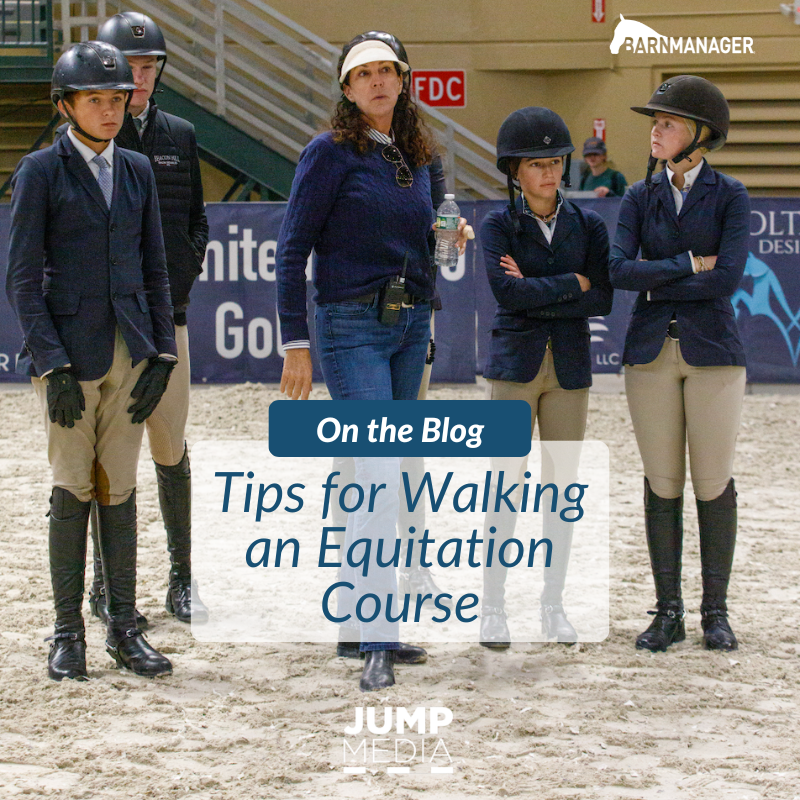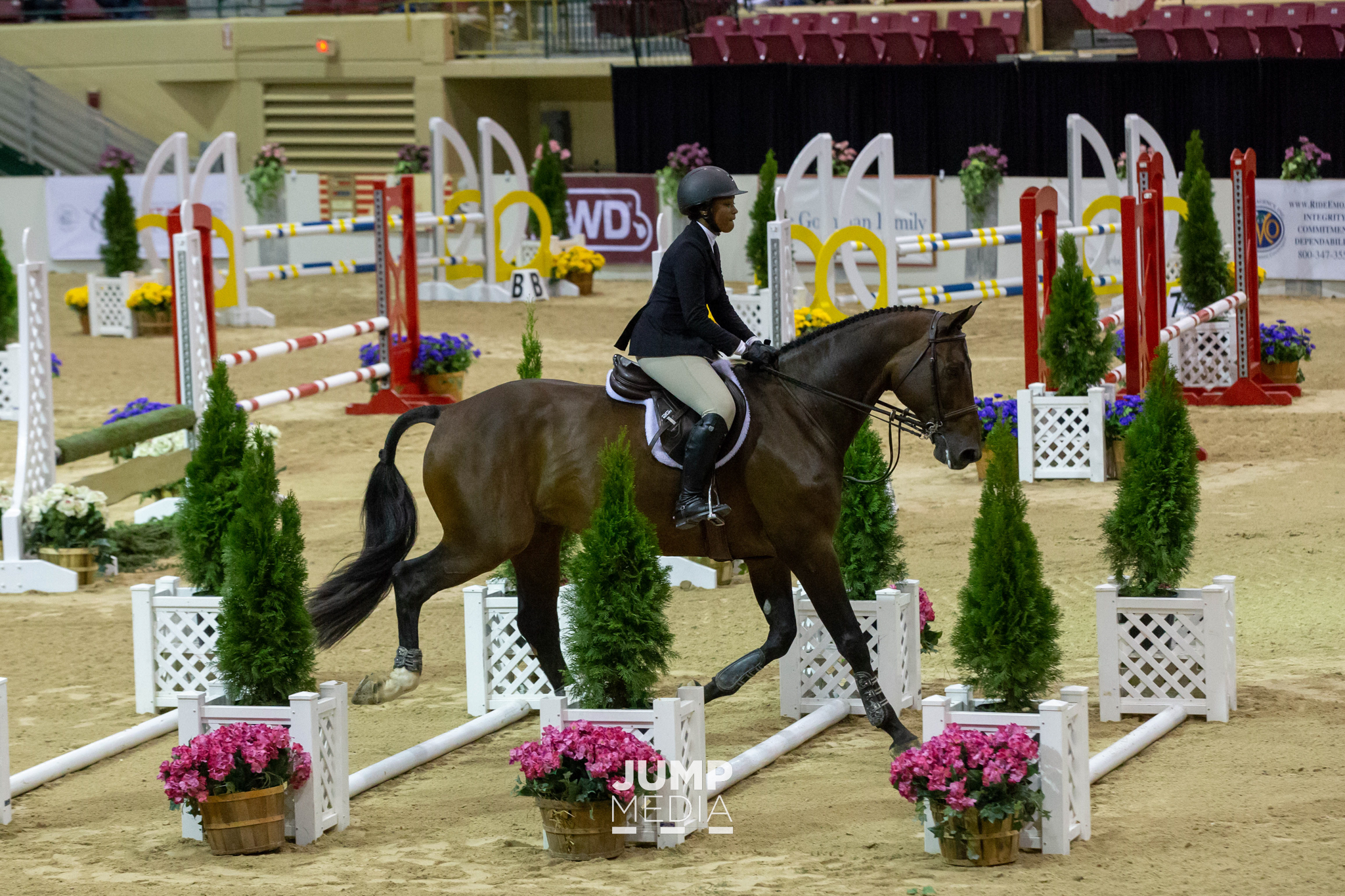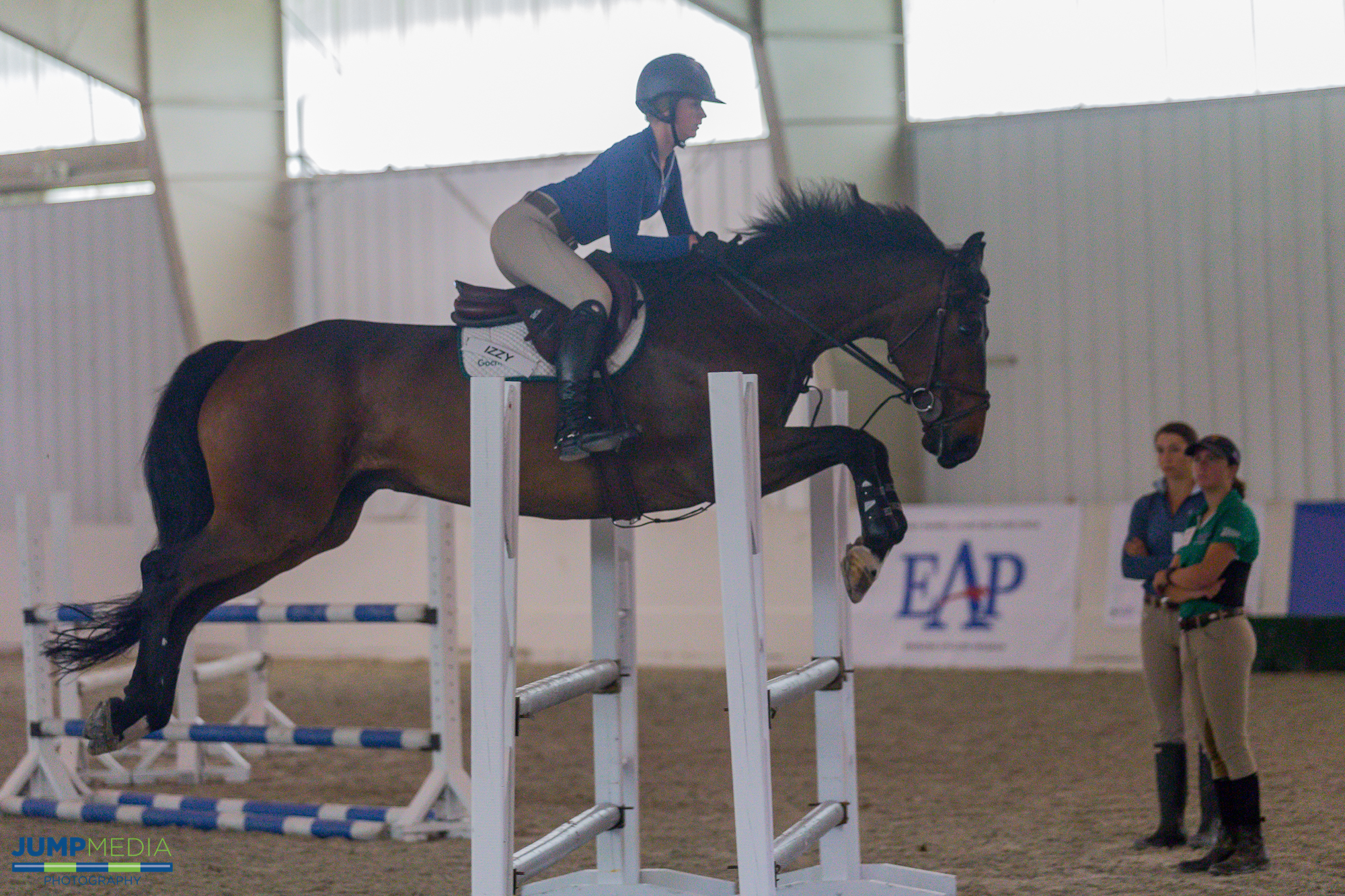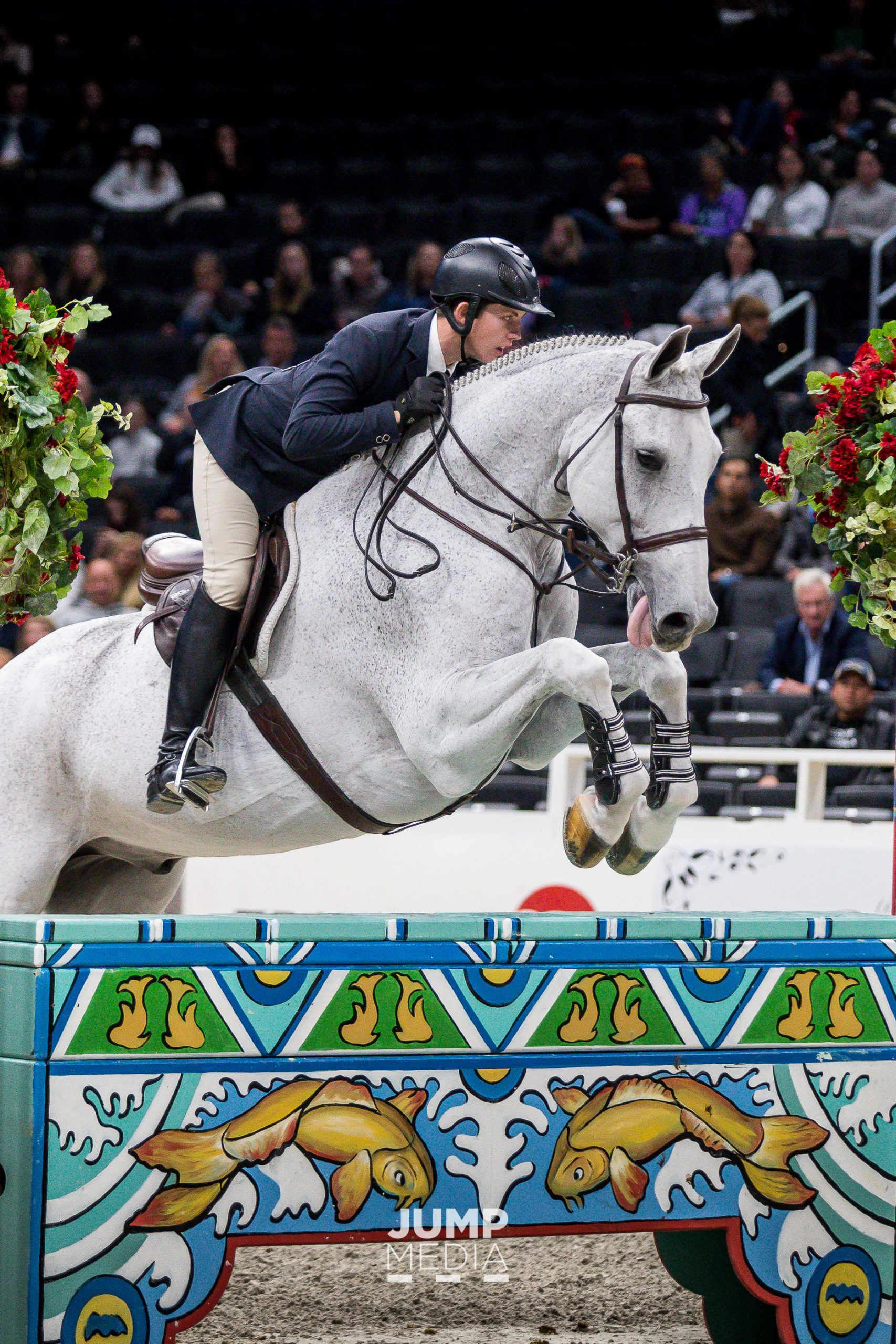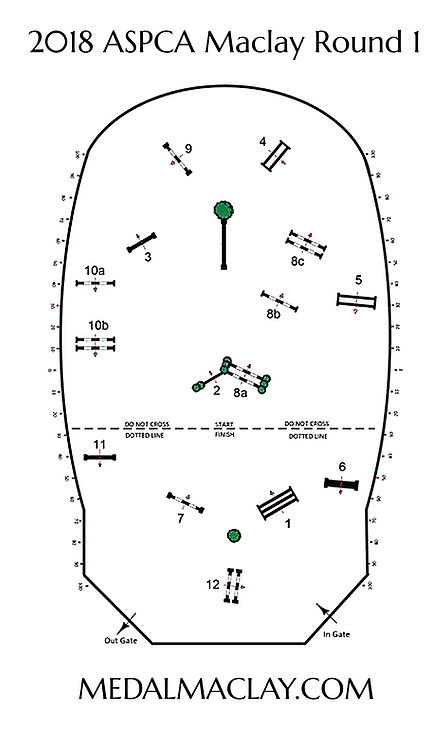Properly walking a course ahead of your class is a skill that takes time and practice. It is more than just counting strides between fences, especially in the equitation divisions. BarnManager talked with accomplished hunter, jumper, and equitation trainer Stacia Madden of Beacon Hill Show Stables to learn about her recommendations for walking an equitation course.
Walk the Course and Then Walk It Again

Photo by Jump Media
The first time I walk a course, I try to walk it separately from my students, and then I walk it again with them. I like to walk separately from my riders first to allow them to come up with their own plan rather than relying on me to tell them what I think of the course. When we walk together I never single anyone out, but I quiz the riders on what they walked and why. I also go over what I walked and why so we can have a discussion. I like to rewalk courses or certain parts of the course multiple times because I find my step at the beginning of the walk is not quite as open as the end. So, if I’m questioning a first line I find it especially important to rewalk it before I make my decision.
Come Up With Contingency Plans
When I develop a plan with my students while walking a course I often explain how I would send a rider into the ring if they were to go first, and I explain my reasoning. Then I point out the parts of the course I think could potentially change if the rider is later in the order and can watch other riders go. I ask my students to walk the course both ways so they are prepared for both situations.
Understand the Reasoning
At the end of a course walk, I think it is important for riders to know the plan and understand the reasoning behind it. When I walk a course with my students I try to explain as much as I can so they can learn why I think a line or track should be ridden a certain way. I want them to feel confident and understand they have all the tools they need. Practicing this thinking helps prepare them for times when they have to walk courses by themselves at the Platinum Performance/USEF Show Jumping Talent Search Finals and the Winter Equestrian Festival (WEF) Equitation Championship, or in situations where their trainer can’t make it to the ring. I never walk a course and just say, “You’re going to do a bending five, direct six, and inside turn.” I explain all the reasons and plans for different parts of the course.
Look for Horse-Specific Parts of the Course
Occasionally there are different ways to ride parts of a course depending on your horse. If I think there is a line or section of the course that does not have to be ridden only one way I call it “horse specific.” I will explain how it is horse specific and why, and discuss the best plan for each type of horse. For example, I’m going to have the horses that jump hard left do a different striding than the horses that get quick through in and outs.

Photo by Jump Media
Show Up Prepared
I believe riders should know their course before their walk and not expect the trainer to tell it to them. I like to see if they notice things like a dotted line, specific instructions, or the test in the course. So much of this sport is mental so I’m always trying to make sure my riders are independent and have the tools to do it on their own.
Equitation courses can be extremely complicated and technical, which is why it is important to understand how to get the most out of a course walk. The more prepared you are before you get on your horse, the more confident you will feel walking into the show ring.
Have questions about utilizing BarnManager or want to give it a try for yourself? Request a live demo here!
